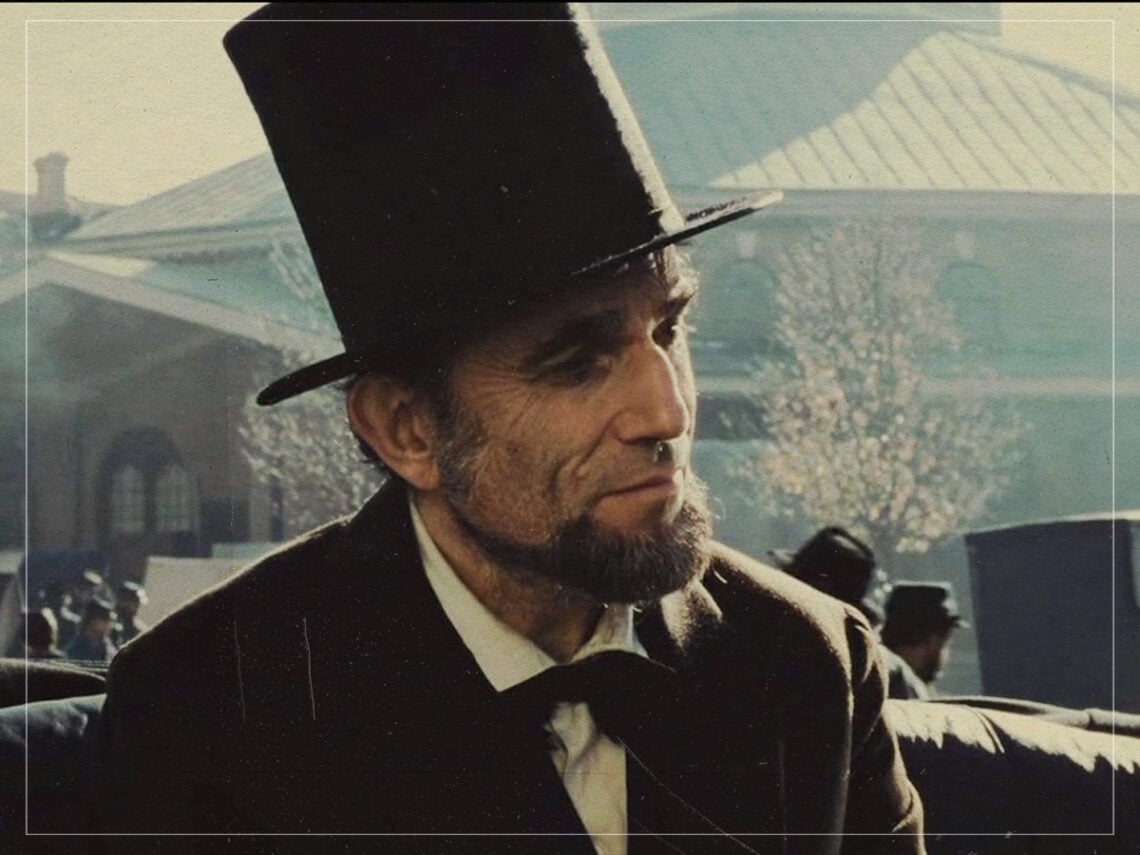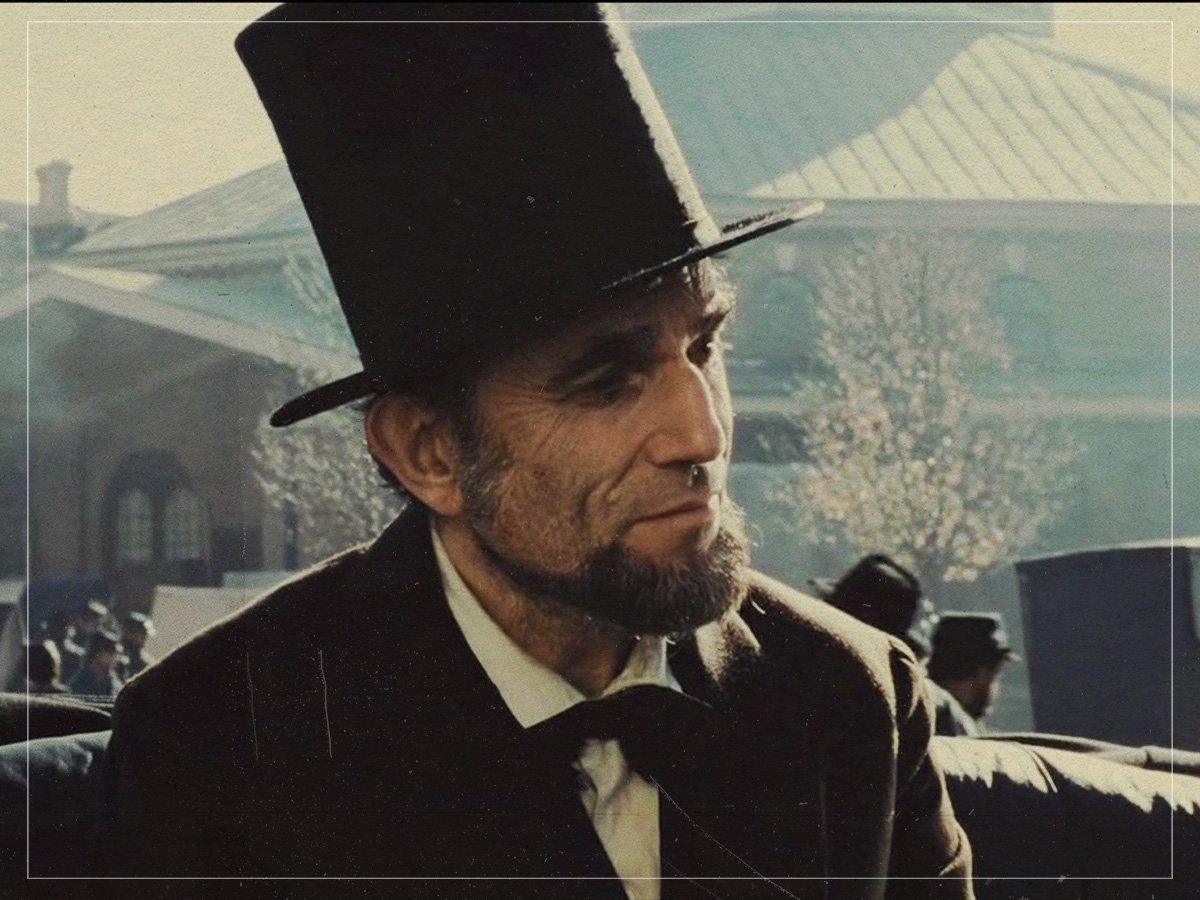
(Credits: Far Out / Walt Disney Studios Motion Pictures / 20th Century Fox)
Daniel Day-Lewis’ name has always been synonymous with method acting, for better or worse. No one can argue with the results of his borderline insane commitment to inhabiting the skin of his characters in every way possible, as his ‘method’ has led to three Academy Award wins and three further nominations, and he’s widely cited as one of the greatest actors in history. However, his method has also been accused of being self-indulgent and pointless, and it’s also made him an easy target for ridicule at times.
For instance, when he played a pugilist in The Boxer, was it really necessary for him to push himself so hard in training that he broke his nose and did lasting damage to his back? When he played a man with cerebral palsy in My Left Foot, did he truly need to be fed and pushed around in his wheelchair by the crew between takes? For The Last of the Mohicans, was it entirely necessary to learn how to build his own canoe or trap and skin animals?
Fans of Day-Lewis would argue that, if this dedication to living as his characters as much as humanly possible is what he needs to extract yet another incredible performance, then he should be left to it. Who are we mere mortals to question the method of the man so steadfast and resolute that he tapped his own eyeball with the point of a knife blade in Gangs of New York? Side note: that eyeball was covered in prosthetic glass, but it still sent a shiver up most people’s spines.
However, even the most staunch Day-Lewis defender would have a tough time going to bat for something he insisted upon when playing the iconic American President Abraham Lincoln in Steven Spielberg’s 2012 biopic.
One of the things that made Day-Lewis perfect for the role was his tall, slim frame: at six feet two inches, he was fairly close in stature to Lincoln, who stood a towering six feet four inches. This was an anomaly in the 19th century, when the average height of a man was around five feet seven inches, and it meant Lincoln regularly towered over most men he encountered.
However, in modern times, most people don’t know Lincoln was much taller than his peers. It’s not something that is specifically mentioned in Spielberg’s film, either, so it theoretically amounts to little more than a background piece of research for Day-Lewis. After all, it’s not like the actor would insist on Spielberg casting the film with the heights of 1800s men in mind? It’s not as if he would be adamant that he was always the tallest person in any given scene? Wrong.
“Every time Steven said, ‘How about so and so?’” Day-Lewis revealed to the Los Angeles Times, I said, ‘How tall is he?’ It was like buying cloth by the yard. I wanted to be the tallest person in the room.”
So, Spielberg dutifully – and pointlessly – cast the film with actors whom Day-Lewis could safely look down upon. There was the diminutive Tim Blake Nelson (five feet five inches) and Jackie Earle Haley (five feet five inches), plus Joseph Gordon-Levitt (five feet nine inches), and James Spader (five feet 10 inches). David Strathairn (six feet) and Tommy Lee Jones (six feet one inch) came dangerously close to Day-Lewis’ height, but thankfully stopped just short of looking him in the eye.
In fact, the only person in the entire movie who was taller than Day-Lewis was Adam Driver, who had a small role in one pivotal scene as a telegraph operator. At a gangly six feet three inches, he eclipsed the method acting titan by an inch. Spielberg had a solution for this, though, and a genius one at that: he just ensured Driver stayed seated for the entire scene. Problem solved!
Related Topics
Subscribe To The Far Out Newsletter
